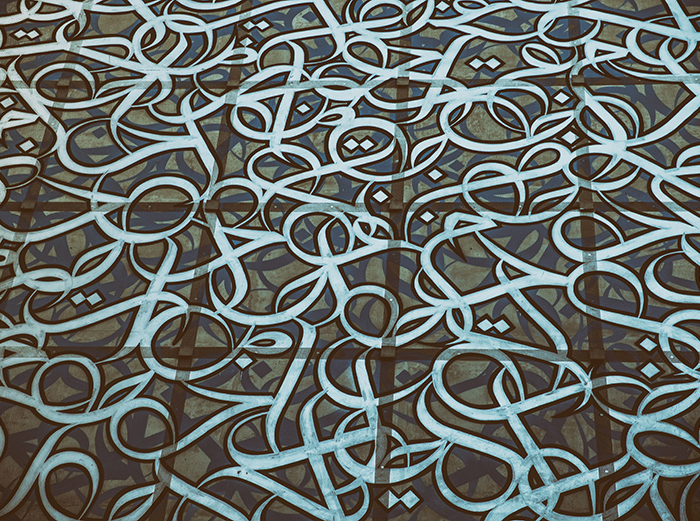The history of translation in the Arab world, since its inception in early AD, stretching from the Syrians to contemporary theorists.
Let’s learn more about the history of translation in the Arab world. In this article, we take a look at a two-thousand year old tradition, since its inception in early AD, stretching from the Syrians to contemporary theorists, and passing through the Abbasid Caliphs.
The beginnings of translation into Arabic: the Syrians
The first Arabic translations date from the early second century AD, that is, from the time of the Syrians. Translators from this era translated a large body of works from pagan traditions. As their methods were to a large extent influenced by the Greeks, their translations aspired to be as faithful as possible to the text, so they assiduously resort to literal translation. One of the best Syrian translators of the time, Jarjas, rendered highly faithful translations of the works of Aristotle.
In the time of Muhammad: a window on the world
The era of the Prophet Muhammad (570-632) gave Arabic translation a big boost, as the desire to spread Islam and transmit it to communities which did not speak Arabic, such as the Jews or the Romans, prompted Muhammad to find translators and encourage the learning of foreign languages. Zaid Ibn Thabet, one of the most famous translators of the time, played a crucial role in translating the letters which Muhammad sent to the leaders of the Jews, as well as the authorities in Persia, Syria, and Rome.
The Abbasid Caliphate: the golden age of translation
Another key period for translation into Arabic was the first Abbasid period (750-1250). Caliph Al-Mansour, who built the city of Baghdad, improved translation techniques, while Caliph Al-Ma’mun opened a translation agency: The House of Wisdom (Bait Al Hikma) was the largest translation institute of the time. In those days, they mostly translated Greek philosophy, Indian science, and Persian literature.
Two big names in the world of Arabic translation
In the history of Arabic translation, one name stands out above all others: Al-Jahiz (776-868). He was considered one of the great theorists of translation history, and his writings are still relevant in the world of Arabic translation today. According to Al-Jahiz, “the translator must have a knowledge of the structure of the language, people’s habits and how they understand one another.” We may also refer to a more recent name, Dr. Mona Baker, director of The Centre for Translation and Intercultural Studies at the University of Manchester. She made a distinction between two types of translation in the Arab world:
- that of Ibn al-Naima Batriq and Ibn al-Himsi, which was based on a literal translation (each Greek word being translated by its Arabic equivalent);
- that of Hunayn Ibn Ishaq Al-Jawahiri which was, on the contrary, about translating the meaning in order to produce a more flowing text while preserving the sense of the original.
Learn more about our arabic translation services as well as our translation services for museums and cultural institutions.



